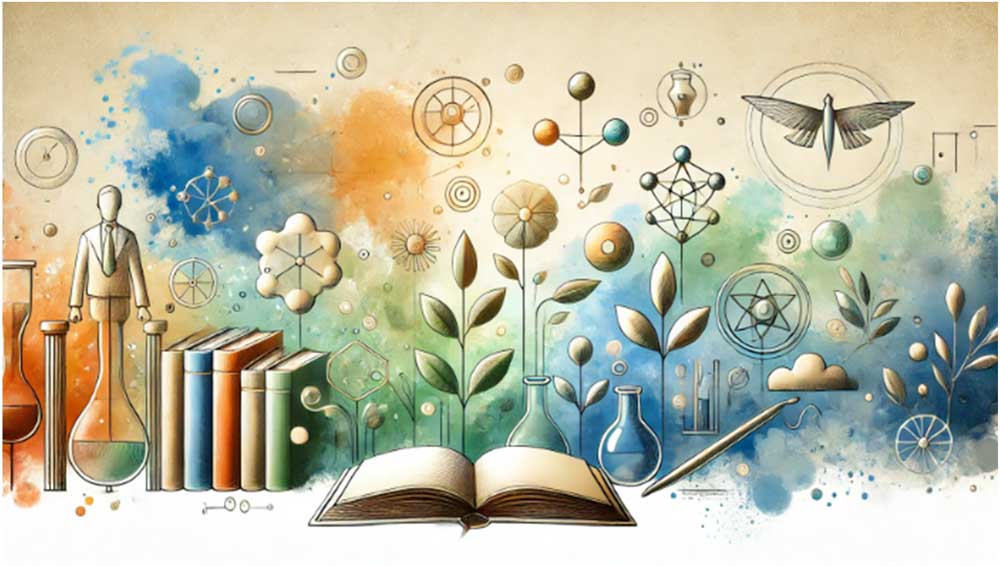
The Power of AI in Writing: From Idea to Execution
Imagine a world where creating quality content takes seconds, not hours. This isn’t the future—it’s now, made possible by advancements in AI. From blog articles to social media posts, AI can produce high-quality drafts that require minimal editing. But what types of content can AI really write, and how can it be harnessed effectively by creators?
Types of Content AI Can Produce
- Blog Posts: Generate well-structured articles effortlessly.
- Social Media: Quick, engaging updates for any platform.
- Emails: Personalized campaigns to reach your audience.
- Product Descriptions: Perfect for e-commerce at scale.
- Creative Writing: Story ideas and poetry foundations.
- Technical Writing: Useful for complex topics needing precision.
- Scripts: Video or podcast script generation for creative projects.
- Marketing Copy: Headlines, calls to action, and landing pages.
- Reports & Summaries: Efficient for condensing lengthy documents.
- SEO-Optimized Content: Tailored for search engines, too.
Benefits of Using AI for Content Creation
AI writing tools are known for their speed, versatility, and consistency. For example:
- Speed: Drafts generated in seconds.
- Consistency: Maintain a uniform voice across content.
- Versatility: Adapt to different styles and tones easily.
How AI Writing Works
AI uses machine learning models trained on vast data to predict contextually appropriate text. While highly capable, it does best with prompts and frameworks provided by human users, ensuring outputs match intended tone and context.
Limitations of AI in Writing
While AI can produce functionally complete text, it doesn’t capture human nuances, personal experiences, or emotional depth as well. For engaging storytelling, a blend of human creativity with AI’s efficiency offers the best results.
Tips for Using AI as a Writing Assistant
- Use AI for Drafting: Let AI handle the framework, then refine it.
- Experiment with Prompts: Tailored prompts improve output quality.
- Edit with a Critical Eye: Ensure final content meets your standards.
The Future of Content Writing
AI is an asset, not a replacement for human writers. It can tackle foundational tasks, sparking creativity and saving time. As AI develops, the collaboration between AI and human creativity will reshape the landscape of content creation.

